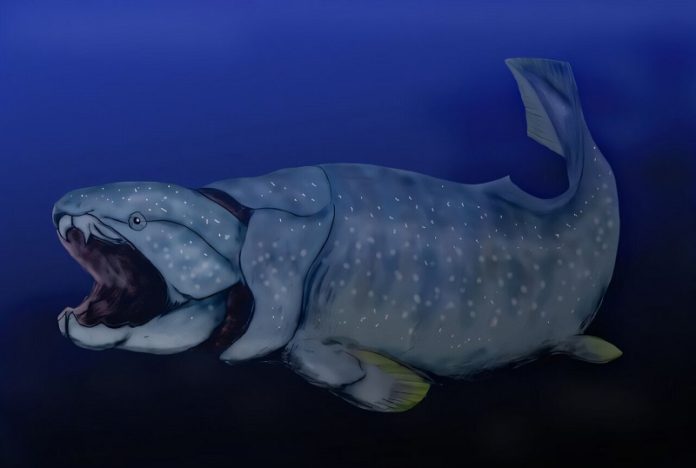
Nearly 400 million years ago, life in the oceans changed forever.
New research shows that a rise in deep-ocean oxygen levels opened up previously uninhabitable areas of the sea, creating new habitats where marine animals could thrive.
This shift not only gave creatures like early jawed fish more room to live but also helped drive one of the most important bursts of evolution in Earth’s history.
The study, published in the Proceedings of the National Academy of Sciences, suggests that oxygen played a central role in shaping where and how ancient animals evolved.
According to lead researcher Michael Kipp of Duke University, scientists have long known that oxygen is necessary for animal life.
The new findings strengthen the case that increases in oxygen availability also dictated when and where major evolutionary events took place.
For decades, researchers believed the deep oceans became oxygenated only once, around 540 million years ago at the dawn of the Paleozoic Era.
But newer studies suggest the story is more complicated, with oxygen entering the oceans in phases.
To investigate, Kipp and colleagues examined ancient rocks that formed in deep-sea environments between 252 and 541 million years ago.
The key was selenium, a chemical element that occurs in different isotopes—or forms—that can reveal how much oxygen was present in the oceans when the rocks formed.
Where oxygen levels are too low for animal life, the isotopes show little variation. Where oxygen is plentiful, the isotopes vary more widely.
By studying selenium isotope ratios in 97 rock samples from five continents, the researchers reconstructed oxygen levels across hundreds of millions of years.
Their results revealed two major deep-ocean oxygenation events. The first took place around 540 million years ago during the Cambrian Period, but it was short-lived. Oxygen levels later dropped, keeping deeper waters largely uninhabitable.
The second event, beginning about 393 million years ago in the Middle Devonian, was different—it was permanent. From that point forward, deep-ocean oxygen remained high enough to support a wide range of marine animals.
This permanent oxygen boost coincided with what scientists call the “mid-Paleozoic marine revolution.” Fossils show that jawed fish—known as gnathostomes, ancestors of most modern vertebrates—began moving into deeper waters and diversifying rapidly.
Animals also grew larger, likely because higher oxygen levels allowed them to support bigger bodies.
What caused this lasting change? The timing points to the spread of woody plants on land. As Earth’s first forests expanded, they released more oxygen into the atmosphere. Over time, this oxygen seeped into the oceans, enriching even the deeper layers.
The cause of the earlier, temporary Cambrian oxygenation remains a mystery. But its collapse may explain why animal diversification into deeper habitats stalled until the Middle Devonian, when oxygen returned for good.
Although this research focuses on events hundreds of millions of years in the past, the lessons are relevant today. Modern oceans are generally well-oxygenated, but human activities such as fertilizer runoff and pollution are creating expanding “dead zones” where oxygen drops to dangerously low levels. These areas threaten marine ecosystems much the same way ancient oxygen declines once did.
As Kipp explains, “The link between oxygen and animal life in the ocean is very clear. It took hundreds of millions of years to establish the balance we have today. It would be a tragedy to disrupt it in just a few decades.”



